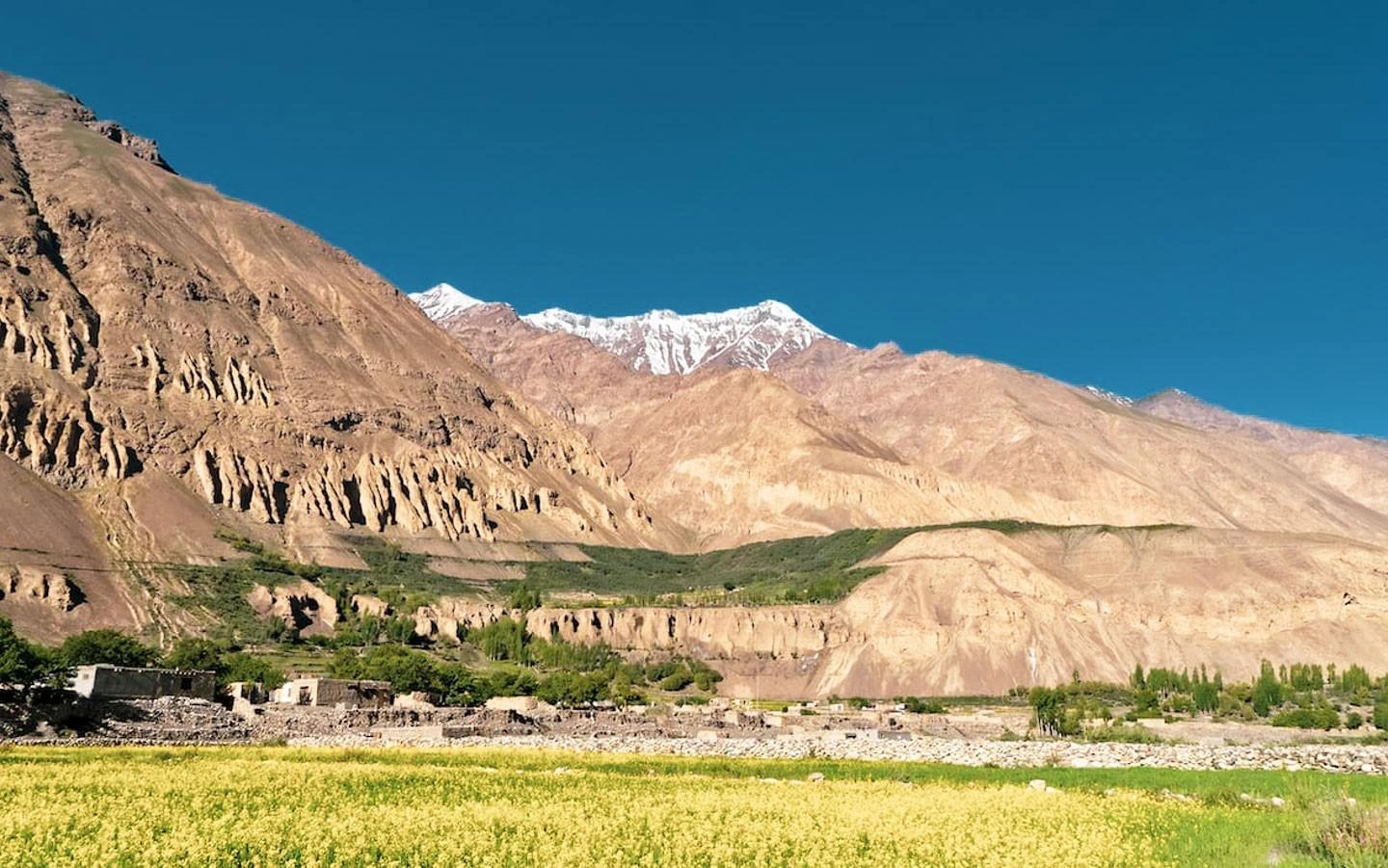Mountain Valleys: Beauty & Adventure

Introduction
Mountain valleys, often considered the serene gems of nature, captivate many with their breathtaking beauty and tranquil environments. They provide not just a feast for the eyes but also a sanctuary for those seeking solace from the hustle and bustle of modern life. This article explores the charm of mountain valleys, drawing inspiration from insights and reports featured in the New York Times (NYT).
The Allure of Mountain Valleys
Mountain valleys are geographical formations that occur between mountains or hills, characterized by their elongated, often flat-bottomed depressions. These valleys are formed through geological processes such as erosion and glacial activity. Their allure lies in their unique blend of rugged landscapes and lush greenery, creating a picturesque and calming environment.
Natural Beauty and Scenic Views
One of the primary attractions of mountain valleys is their stunning natural beauty. The lush vegetation, flowing rivers, and majestic mountain backdrops create a captivating landscape. The New York Times has often highlighted these natural wonders, showcasing how these valleys offer some of the most picturesque and serene vistas. From the rolling meadows of the Swiss Alps to the misty valleys of the Rocky Mountains, the visual splendor of these locations is unparalleled.
Biodiversity and Wildlife
Mountain valleys are not just visually appealing but also ecologically significant. They serve as habitats for a diverse range of flora and fauna. The varying elevations and microclimates within these valleys support a rich biodiversity. The NYT has reported on how these areas are home to rare and endemic species that thrive in the unique conditions of the valleys.
Historical and Cultural Significance
Mountain valleys are often steeped in history and cultural significance. Many valleys have been the cradle of ancient civilizations, providing fertile land and strategic advantages.
Historical Settlements
Throughout history, mountain valleys have been favored locations for settlement due to their sheltered environments and access to resources. The NYT has explored how ancient cultures utilized these valleys for agriculture, trade, and defense. From the terraced fields of the Andes to the ancient villages nestled in the Himalayas, these valleys tell the story of human adaptation and ingenuity.
Cultural Heritage
The cultural heritage associated with mountain valleys is rich and varied. Many valleys are home to indigenous communities whose traditions and lifestyles have been shaped by their surroundings. The NYT has featured stories on how these communities maintain their cultural practices while navigating the challenges of modernization. Festivals, traditional crafts, and local cuisines are often integral to the cultural landscape of these valleys.
Recreational Opportunities
Mountain valleys are popular destinations for outdoor enthusiasts and nature lovers. They offer a wide range of recreational activities that allow visitors to connect with nature.
Hiking and Trekking
Hiking and trekking are among the most popular activities in mountain valleys. The NYT has highlighted several renowned trails and hiking routes that pass through these stunning landscapes. Whether it’s a gentle walk along a riverbank or a challenging ascent up a mountain pass, these trails offer a chance to experience the beauty and tranquility of the valleys up close.
Wildlife Watching
For those interested in wildlife, mountain valleys provide excellent opportunities for observation. The NYT has reported on various wildlife-watching experiences in these regions, from spotting elusive mountain goats to observing migratory birds. The diverse ecosystems within the valleys create ideal conditions for wildlife enthusiasts.
Photography and Art
The picturesque landscapes of this also make them a favorite subject for photographers and artists. The interplay of light, shadow, and natural elements creates stunning visual compositions. The NYT has featured numerous articles and photo essays showcasing the artistic inspiration drawn from these valleys.
Conservation Efforts and Challenges
While mountain valleys offer immense beauty and ecological value, they also face significant challenges. Conservation efforts are crucial to preserving these environments for future generations.
Environmental Threats
It are vulnerable to various environmental threats, including climate change, deforestation, and habitat destruction. The NYT has covered stories on how these threats impact the delicate ecosystems of the valleys. Rising temperatures, altered precipitation patterns, and human activities pose risks to the flora and fauna that depend on these habitats.
Conservation Initiatives
To combat these challenges, numerous conservation initiatives are underway. Organizations and local communities are working together to protect and restore mountain valleys. The NYT has highlighted several successful conservation projects, from reforestation efforts to sustainable tourism practices. These initiatives aim to balance human activities with environmental preservation, ensuring that the natural beauty and biodiversity of mountain valleys are maintained.
The Future of Mountain Valleys
Looking ahead, the future of mountain valleys will likely be shaped by ongoing environmental changes and human activities. The NYT has discussed various scenarios and predictions for how these valleys may evolve in the coming decades.
Sustainable Tourism
Sustainable tourism is expected to play a key role in the future of mountain valleys. By promoting responsible travel practices and minimizing environmental impact, visitors can contribute to the preservation of these landscapes. The NYT has explored how destinations are implementing sustainable tourism strategies to ensure that their natural and cultural heritage remains intact.
Climate Change Adaptation
Adaptation to climate change will be crucial for the survival of this and their ecosystems. Efforts to mitigate the effects of climate change, such as reducing greenhouse gas emissions and protecting critical habitats, will be essential. The NYT has reported on various adaptation strategies and their potential impact on the future of these valleys.
Conclusion
Mountain valleys offer a unique blend of natural beauty, historical significance, and recreational opportunities. Drawing inspiration from insights and reports featured in the New York Times, we gain a deeper appreciation for these serene landscapes and the efforts required to preserve them. As we continue to explore and enjoy these majestic regions, it is essential to remain mindful of our impact and support conservation initiatives to ensure that mountain valleys remain a source of wonder and inspiration for generations to come.
Also Read: Geekzilla Radio: Top Geek Culture Podcasts & Shows




